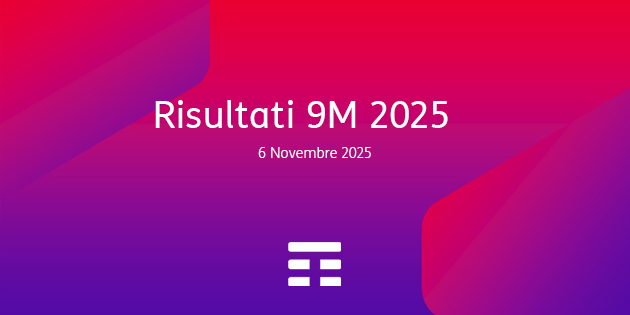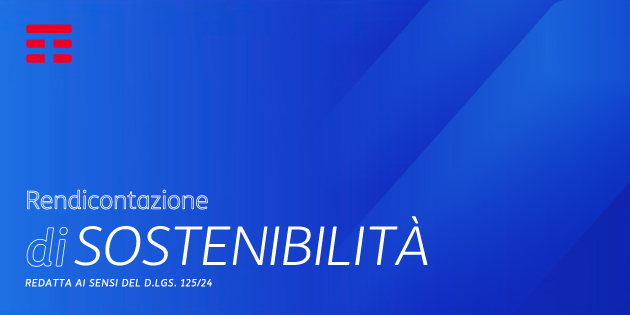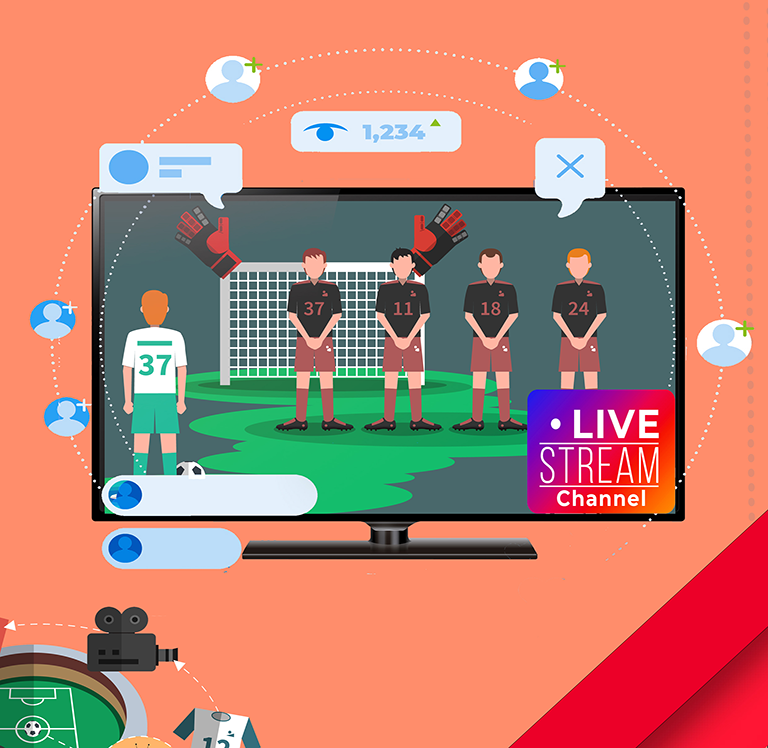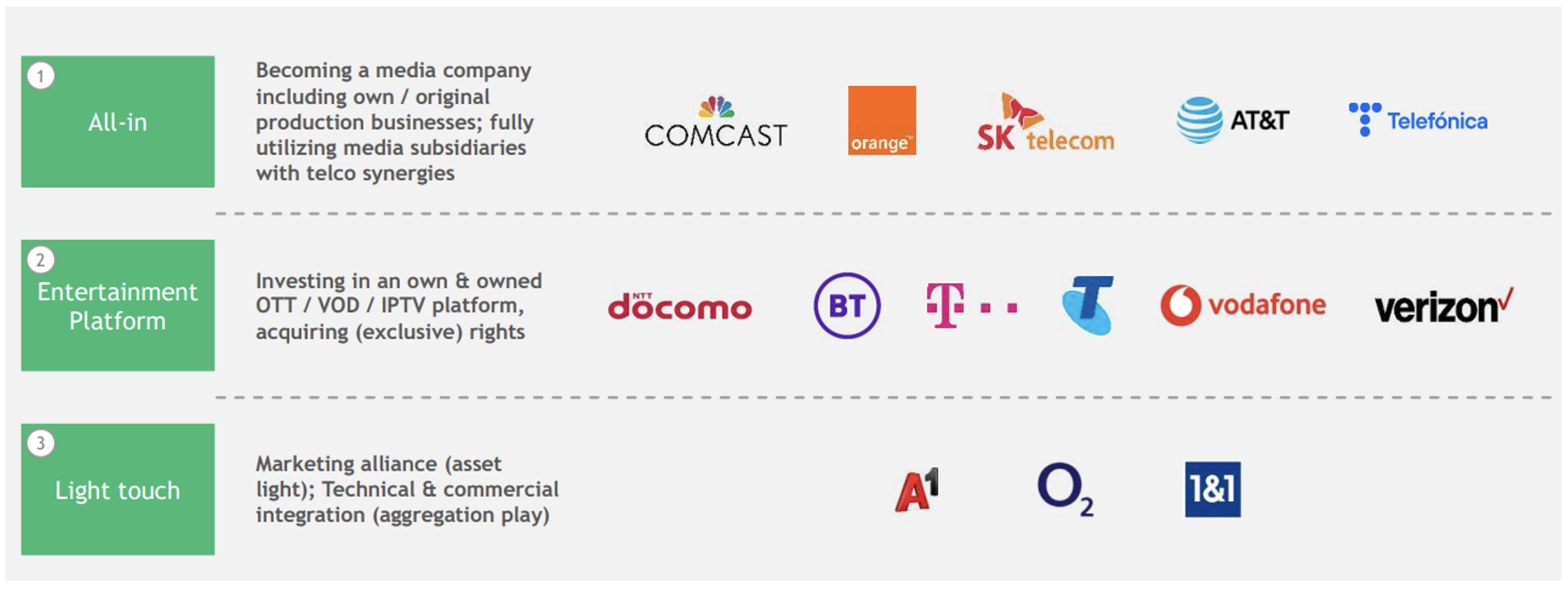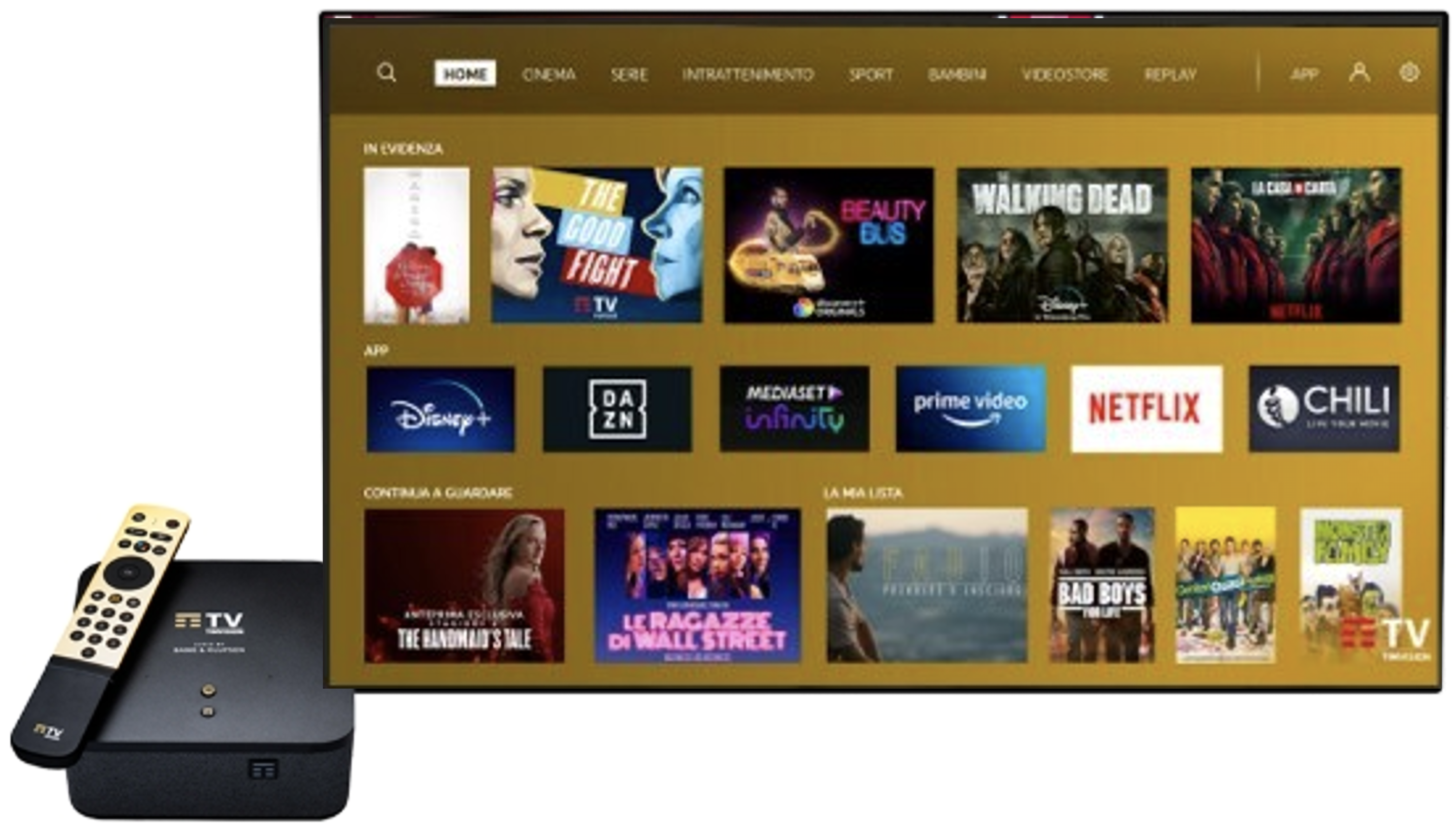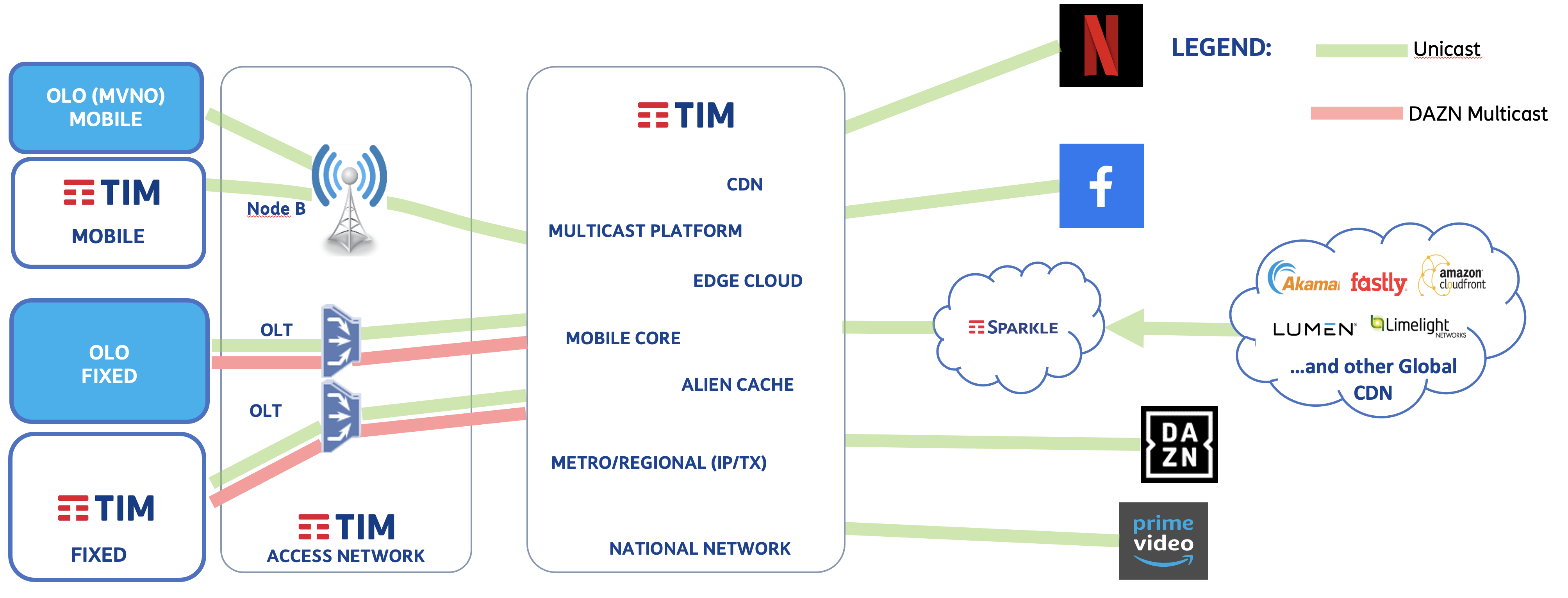Internet distribution of major sport events, such as TIM Serie A, has proven that a transition from traditional digital television to video streaming is now technically viable at scale. Streaming content management and distribution platforms on broadband and UBB, including 5G, are gaining a central role. OTT video streaming services use, to date, a combination of adaptive protocols (ABR streaming) in unicast with a set of different Content Delivery Networks (CDN).
The complexity of OTT streaming distribution architectures can lead to very different levels of overall Quality of Experience (QoE) for a specific service. To overcome these issues, a solution capable of ensuring service levels comparable/better to those of the broadcast television system is necessary. TIM is working to evolve its network infrastructures and services to support content streaming distribution with innovative platforms (e.g. in the Head-End), increasing the CDN capacity and using Multicast-ABR. TIM can enable an open, common and interoperable initiative at a national level, capable to satisfy Italian content market specific requirements and to ensure its future evolution.

